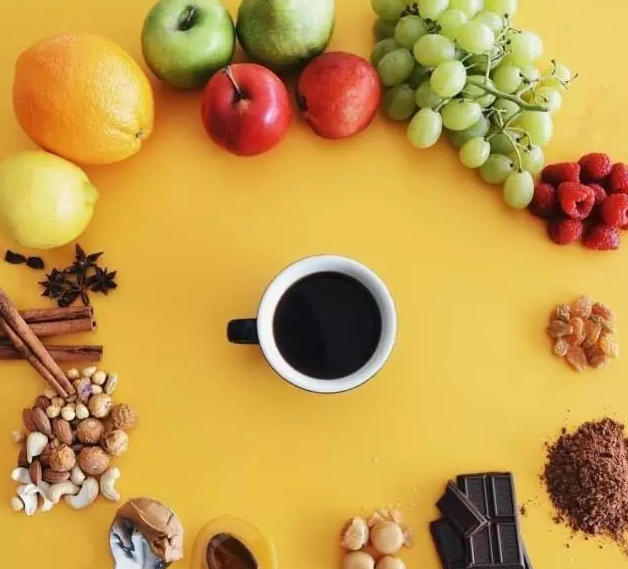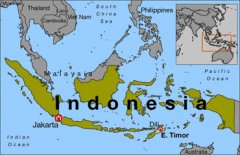Why do many people like to drink sour coffee?
Among the Chinese coffee friends I come into contact with, they sometimes ask, "is your coffee sour?" Or "I don't like sour coffee". At first I was very skeptical and found it strange, but then I gradually realized that "this acid is not the other acid".
Haha, it turns out that "Acidity" is often used in our coffee tasting language, which is translated as "acidity" in Chinese, which is often misunderstood as the acidity in acid value or the sour taste of lemon or vinegar. In fact, it is not a concept. Coffee people usually describe the "Acidity" of coffee flavor, which is a lively, bright, fresh and refreshing feeling, just like tasting wine to describe the dry taste.
The position of taste cells on the tongue
Usually, when distinguishing the taste of coffee, the coffee liquid is covered with sour, bitter, sweet and salty taste buds on the tongue, so that a soft sour taste can be felt on both sides of the tongue. Among them, although the coffee is not salty, taste does not need salty taste, but still take the initiative to consciously experience it evenly and carefully, so that we can master the skills to distinguish the different tastes of coffee.
"(acidity)" is one of the most important items in coffee tasting. Without acidity, coffee beans are like lifeless and tasteless.
(acidity) "has many different characteristics, which is an important basis for distinguishing coffee beans from different producing areas, such as coffee from Yemen or East Africa, whose acidity has an impressive fruity aroma or a red wine-like taste, while some from the Central American highlands or the Caribbean tend to have so-called bright acidity.
Generally speaking, the deeper the coffee beans are roasted, the acidity decreases, but some raw beans with high acidity show more sharp and irritating taste when they are roasted deeply. A few days ago baked a batch of Papua New Guinea (Papua New Guinea) beans between City and Full City, although its acidity is high, but not out of balance, has a very rich high-key flavor changes, friends are full of praise.
So when it comes to "this acid is not the other acid", I am afraid that Chinese friends drink too much Nestle instant, and are afraid of the strong sour taste, mistakenly thinking that it is the acidity described by what we call fresh coffee!

Important Notice :
前街咖啡 FrontStreet Coffee has moved to new addredd:
FrontStreet Coffee Address: 315,Donghua East Road,GuangZhou
Tel:020 38364473
- Prev

What kind of coffee tree is the gift from God? how many kinds of coffee tree are there?
Tasting coffee with excellent flavor, thinking about the issue of universal values, but forgetting the original appearance that was given by God, precious and needs to be cherished. Coffee beans are not born this way, they are crystallized through a lot of hard work. 1. Scientific name: coffe l 2, family name: Rubiaceae 3, genus name: coffee genus 4, origin: tropical and subtropical regions (Africa) 5, morphological features: characters
- Next

One of the main coffee producing areas Indonesia (Indonesia) Java Manning coffee main producing characteristics
Indonesia (Indonesia) well-known representative coffee: Java, Sumatra Mantenin Indonesia produces coffee beans mainly in Java, Sumatra, Sulawesi and other three islands, all belong to volcanic topography. It is generally believed that Indonesian coffee beans have a strong flavor and low acidity, with a slight resemblance to traditional Chinese medicine.
Related
- Beginners will see the "Coffee pull flower" guide!
- What is the difference between ice blog purified milk and ordinary milk coffee?
- Why is the Philippines the largest producer of crops in Liberia?
- For coffee extraction, should the fine powder be retained?
- How does extracted espresso fill pressed powder? How much strength does it take to press the powder?
- How to make jasmine cold extract coffee? Is the jasmine + latte good?
- Will this little toy really make the coffee taste better? How does Lily Drip affect coffee extraction?
- Will the action of slapping the filter cup also affect coffee extraction?
- What's the difference between powder-to-water ratio and powder-to-liquid ratio?
- What is the Ethiopian local species? What does it have to do with Heirloom native species?

